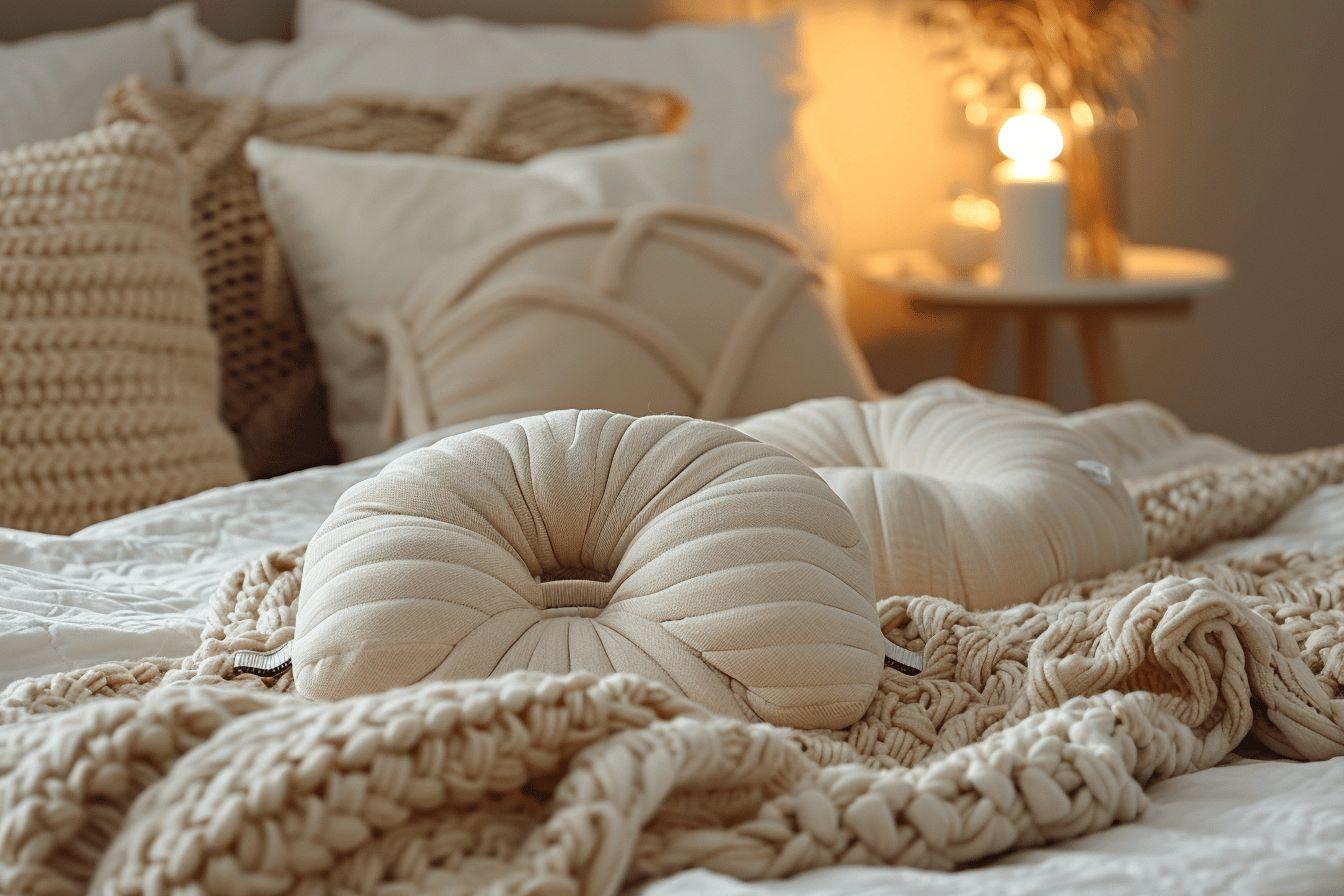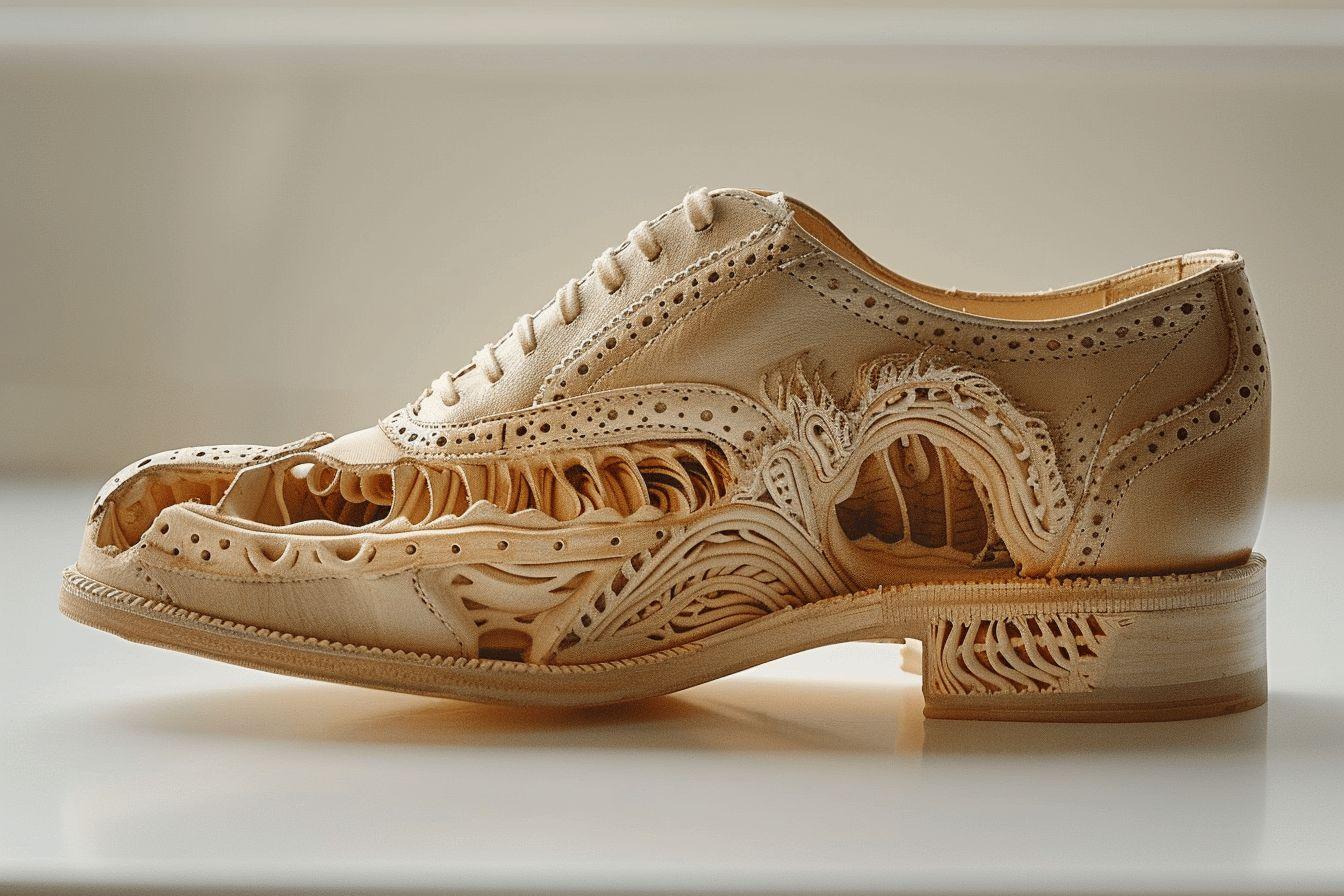Summary
Effective bunion protection combines proper footwear, specialized devices, and lifestyle changes to reduce pain and limit progression.
- Protective devices like gel sleeves, toe spacers, and night splints provide immediate relief by reducing friction and improving alignment
- Shoes with wide toe boxes and soft uppers are essential, eliminating pressure on the painful joint
- Regular foot exercises strengthen supporting muscles, while ice application helps manage inflammation
- Maintaining healthy weight reduces pressure on the bunion joint during daily activities
Living with bunions can be challenging, especially when each step causes discomfort. Effective bunion protection measures are crucial for those dealing with this common foot deformity. Understanding how to properly shield the affected joint can make a significant difference in daily comfort and potentially slow the progression of the condition.
Understanding bunions and why protection matters
A bunion, medically known as hallux valgus, develops when the big toe joint becomes misaligned, creating a painful bony prominence. This foot deformity affects approximately 23% of adults worldwide, with higher prevalence among women and older individuals. The condition occurs when the big toe begins angling toward the second toe, causing the metatarsophalangeal joint to protrude outward.
Several factors contribute to bunion development, including:
- Genetic predisposition and inherited foot structure
- Wearing narrow, pointed, or high-heeled shoes
- Certain inflammatory conditions like rheumatoid arthritis
- Occupations requiring prolonged standing or walking
- Previous foot injuries or trauma
Without proper protection, bunions typically worsen over time. The protruding joint faces constant friction and pressure from footwear, leading to inflammation, calluses, bursitis, and increasing pain. Many bunion sufferers also develop additional foot problems like plantar fasciitis due to altered walking patterns and weight distribution.
Protection matters because it addresses these immediate comfort issues while potentially slowing progression. While protective measures won't reverse an existing bunion, they can significantly improve quality of life by reducing pain and preventing complications.

Top protective devices for bunion relief
The market offers numerous specialized products designed specifically for bunion pain management and protection. Each serves a different purpose in the overall approach to bunion care.
Bunion pads and cushions provide immediate relief by reducing pressure and friction on the protruding joint. Made from silicone, gel, felt, or moleskin, these pads create a protective barrier between the bunion and shoe. They're particularly effective for mild to moderate bunions when worn consistently during activities.
Toe spacers and separators help maintain proper alignment by keeping the big toe separated from neighboring toes. These devices, usually made of soft silicone, can provide temporary alignment correction while worn. Though not curative, they offer relief and may help prevent further progression when used regularly.
Bunion splints and braces offer more substantial support by actively holding the toe in a corrected position. Typically worn at night, these devices apply gentle pressure to gradually improve alignment. While results vary between individuals, consistent nighttime splinting may help manage pain and slow progression in some cases, similar to how night splints help with plantar fasciitis recovery.
The following table compares common bunion protection options:
| Protection Type | Best For | Wear Time | Price Range |
|---|---|---|---|
| Gel Sleeves | Daily protection, mild to moderate bunions | During activity | $10-30 |
| Toe Spacers | Alignment correction, early bunions | Several hours daily | $5-20 |
| Night Splints | Progressive correction, moderate bunions | Overnight wear | $15-60 |
| Padded Socks | General protection, sensitive bunions | All day | $10-25 |
Footwear modifications for bunion management
Proper footwear selection represents the foundation of effective bunion care. The right shoes can dramatically reduce pain while inappropriate choices can accelerate deformity progression. When selecting shoes for bunion protection, several key features become essential.
Wide toe boxes provide adequate space for the forefoot, eliminating pressure on the bunion. Look for shoes labeled "wide" or "extra-wide" with a rounded or square toe shape rather than pointed styles. The goal is allowing toes to spread naturally without compression.
Soft, flexible uppers made of leather, mesh, or stretchy synthetic materials accommodate the bunion without causing friction. Some specialized footwear brands even offer shoes with strategic stretch panels positioned precisely over bunion areas. These accommodative designs can make a remarkable difference in daily comfort.
Proper arch support distributes weight evenly across the foot, reducing pressure on the bunion joint. Individuals tracking plantar fasciitis recovery signs will recognize the similar importance of support in both conditions. For bunions specifically, supportive footwear helps maintain proper biomechanics and prevents compensatory gait changes.
In many cases, custom orthotics or over-the-counter inserts provide additional protection by controlling foot motion and distributing pressure away from the bunion. Working with a podiatrist to develop a comprehensive footwear strategy offers the best results for managing bunion-related discomfort.
Lifestyle adjustments for long-term bunion protection
Beyond protective devices and footwear, certain lifestyle modifications play a crucial role in managing bunion pain and potentially slowing progression. Implementing these practices creates a comprehensive approach to bunion protection.
Regular foot exercises strengthen the muscles supporting the toe joint, potentially improving alignment and function. Simple exercises like toe curls, marble pickups, and towel scrunches help maintain flexibility and strength. Performing these exercises for 5-10 minutes daily can yield notable improvements in comfort and mobility.
Weight management reduces pressure on the bunion joint during walking and standing. Each additional pound adds significant stress to the feet, potentially accelerating bunion progression. Maintaining a healthy weight through balanced nutrition and regular exercise supports overall foot health.
Periodic ice application helps manage inflammation after long periods of activity. A 15-minute ice session can significantly reduce bunion pain and swelling. This simple home remedy proves particularly effective when implemented consistently as part of a broader protection strategy.
Activity modifications may also prove necessary, with low-impact exercises like swimming or cycling placing less stress on the bunion than high-impact activities like running. Finding the right balance between staying active and protecting the joint represents a personalized aspect of bunion management.




Leave a comment
This site is protected by hCaptcha and the hCaptcha Privacy Policy and Terms of Service apply.